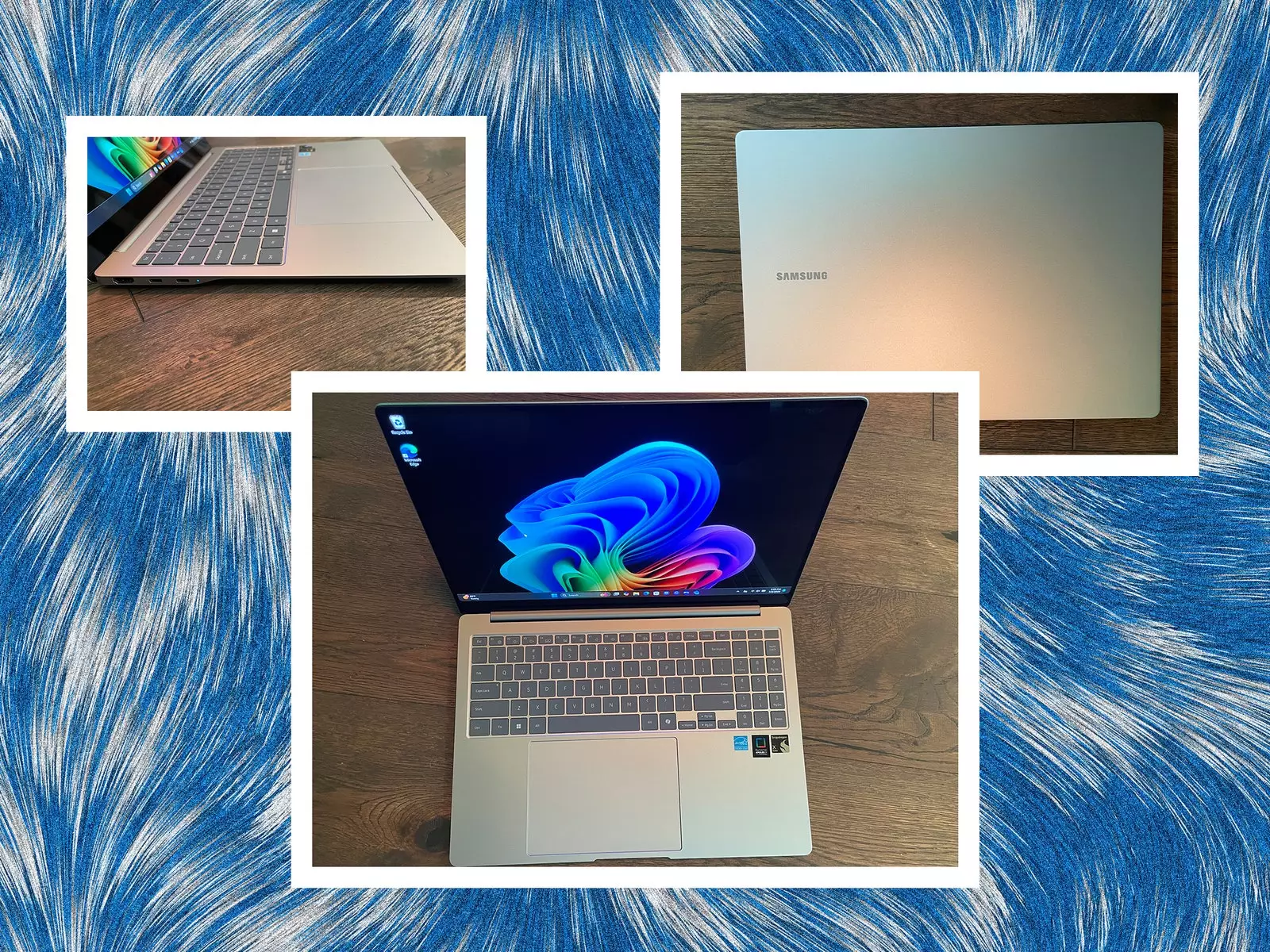The rise of mobile technology has ushered in a new era of computing, and with it, devices like the Copilot+ PCs have emerged as contenders in the competitive laptop market. Touted for their efficiency and tailored to meet the needs of a new age of users, these machines showcase a host of features that aim to improve the user experience. However, while attractive on paper, there are inherent challenges that these devices face, particularly with the adoption of ARM architecture. Understanding both the advantages and pitfalls of Copilot+ PCs will help potential buyers make informed decisions about their next computing investment.
One of the standout features of Copilot+ PCs is their exceptional performance, especially when it comes to running standard business applications such as Microsoft Office and various web browsers. In numerous benchmarks, these ARM-powered devices consistently outperform their x86 counterparts from Intel and AMD at comparable price points. This superiority is not merely theoretical; users can experience less delay and more fluidity in routine tasks, defining a robust platform for productivity.
Battery life is another remarkable asset of Copilot+ PCs. The shift to ARM architecture facilitates lower power consumption, which means users can enjoy extended usage without the constant worry of finding a charger. This aspect alone positions the Copilot+ as an appealing option for professionals on the move, students attending back-to-back classes, or anyone requiring a reliable, portable machine.
Despite their advantages, Copilot+ PCs are still grappling with a significant issue: software compatibility. The long-standing reliance of Windows on x86 architecture has resulted in a proliferation of applications that were not designed with ARM compatibility in mind. Although strides have been made in recent years, thanks to tools like Microsoft’s Prism emulator, complexities remain. Not all applications are fully supported, and those that are can experience different levels of performance due to the emulation layers required.
This lack of universal compatibility leads to frustrating user experiences. Certain essential applications or even popular gaming titles can be either completely non-functional or subpar when run on ARM devices. Users seeking to engage in GPU-intensive tasks like advanced gaming or video editing may find the Copilot+ PC sorely lacking due to its limited graphics capabilities. The integrated Snapdragon GPU, while efficient, falls short when stacked against the dedicated graphics options available in Intel and AMD systems.
For those who consider themselves part of the gaming community or frequently work with graphic design and video rendering, the limitations of Copilot+ PCs cannot be overlooked. While they excel in standard computing tasks, heavy graphics processing remains an uphill battle. The lack of support for discrete graphics cards further exacerbates this vulnerability, creating a barrier for professionals and enthusiasts reliant on high-end graphical performance.
While Copilot+ PCs can serve casual users well, serious gamers and professionals may find themselves frustrated with performance lags and incompatibility with popular gaming platforms and software. This reinforces the notion that while the devices may have incredible battery life and be highly efficient for document creation or browsing, they are not a one-size-fits-all solution.
Looking to the future, it is evident that Copilot+ PCs possess potential, but they come with caveats that must be weighed carefully. Emerging AI features, such as the impressive Live Translate capability, showcase advancements worth highlighting. However, some features may be relegated to the realm of novelty and draw attention away from more pressing functional needs, such as robust application support.
Understanding that the CoPilot+ lineup includes devices based on both ARM and traditional Intel/AMD architectures offers users a range of choices tailored to their specific needs. As consumers navigate this evolving landscape, they must evaluate their computing requirements thoroughly—especially their reliance on specific applications.
In essence, Copilot+ PCs shine in efficiency and battery life, making them suitable for the average user but may fall short in catering to power users seeking performance across a wider range of applications. As technology continues to evolve, the Copilot+ lineup will need to address these compatibility issues to solidify its place in the hearts of consumers seeking a future-ready computing solution.


Leave a Reply